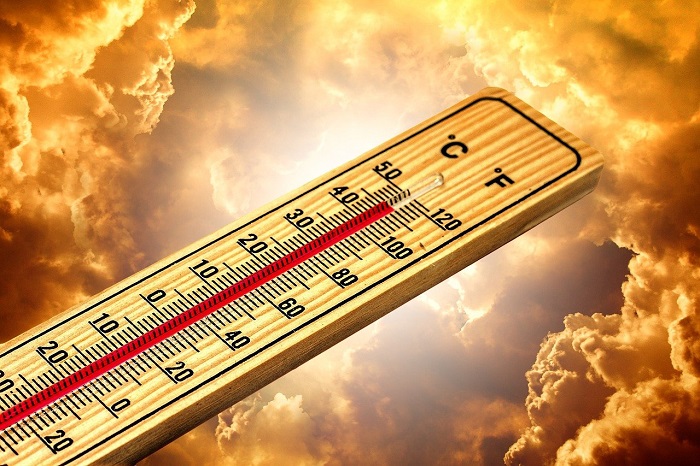The Hamra Ad Duru station in Al Dhahirah Governorate of Oman recorded a scorching temperature of nearly 50 degrees Celsius on Monday, making it the hottest location in the country. This temperature of 49.8 degrees Celsius was the highest among all the weather stations in Oman, with Sunaynah and Fahud stations following closely behind at 49.2 and 48.0 degrees Celsius, respectively. Additionally, Maqshin, Haima, and Al Qabil stations recorded temperatures of 47.8 degrees Celsius each, while Al Buraimi station in Al Buraimi Governorate recorded a temperature of 47.7 degrees Celsius. These extreme temperatures highlight the intense heatwave currently affecting Oman.
The rising temperatures in Oman are a cause for concern as they can have adverse effects on the environment, wildlife, and human health. The record-breaking heatwave in Hamra Ad Duru is indicative of the broader climate crisis at hand. As temperatures continue to soar, it is important for authorities to take proactive measures to mitigate the impact of extreme heat on communities and ecosystems. This includes implementing heat emergency plans, providing cooling centers for vulnerable populations, and raising awareness about the dangers of heat-related illnesses.
In light of the escalating temperatures, residents of Oman are advised to take precautions to protect themselves from heat-related illnesses. This includes staying hydrated, wearing lightweight and light-colored clothing, avoiding outdoor activities during peak sun hours, and seeking shade whenever possible. It is also recommended to check on elderly or vulnerable individuals who may be more susceptible to heat stress. By taking these simple steps, individuals can safeguard their health and well-being during this oppressive heatwave.
The impact of rising temperatures is not limited to human health but also extends to the natural environment. Extreme heat can lead to drought conditions, wildfires, and habitat destruction, putting pressure on ecosystems and wildlife. In Oman, where the climate is already arid, the effects of increasing temperatures can be particularly acute. Conservation efforts and sustainable land management practices are crucial to safeguarding the biodiversity of the region and ensuring the resilience of ecosystems in the face of climate change.
As Oman continues to experience record-breaking temperatures, it is essential for policymakers, scientists, and communities to work together to address the root causes of climate change and develop sustainable solutions. This includes reducing greenhouse gas emissions, transitioning to renewable energy sources, and implementing adaptation strategies to protect vulnerable populations. By taking coordinated action, Oman can build resilience to extreme weather events and secure a sustainable future for generations to come.
Overall, the recent heatwave in Oman serves as a stark reminder of the urgent need to address the growing threat of climate change. With temperatures reaching unprecedented levels, it is clear that concerted efforts are needed to combat global warming and protect the planet. By prioritizing climate action, investing in sustainable practices, and raising awareness about the impacts of rising temperatures, Oman can pave the way towards a more resilient and environmentally-conscious future.











